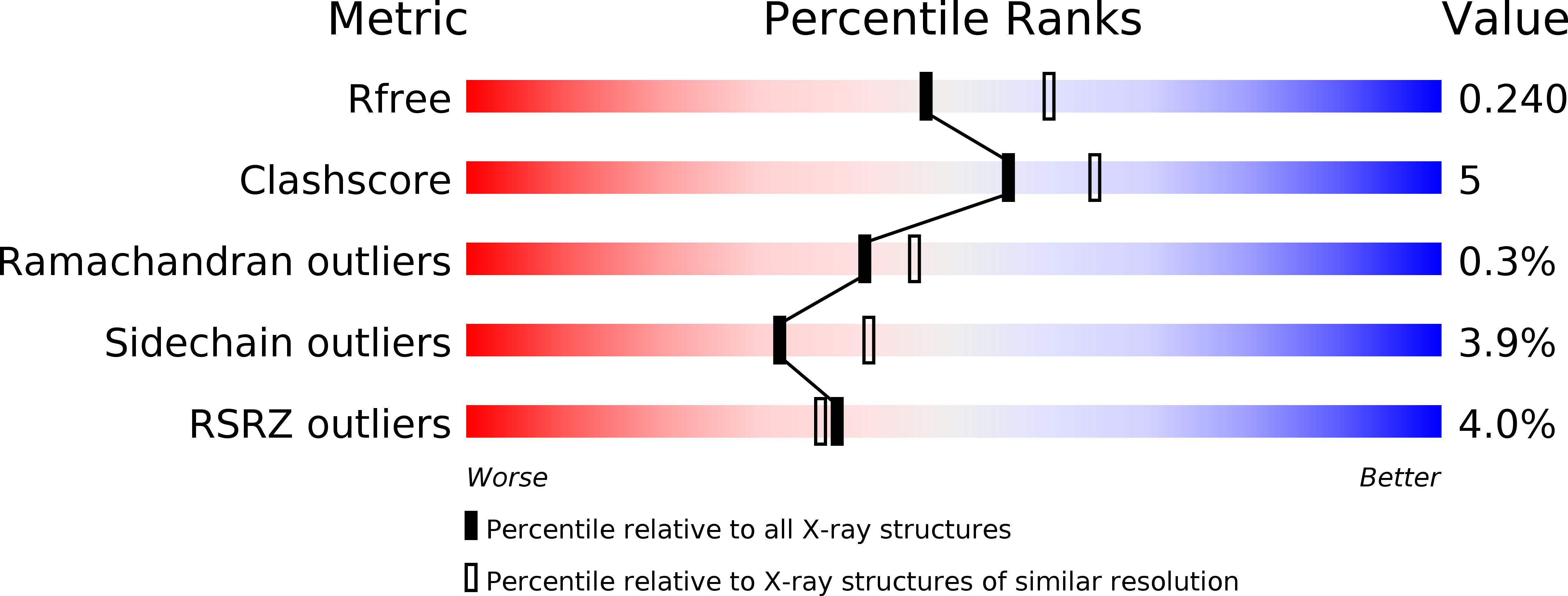
Deposition Date
2017-10-26
Release Date
2018-08-15
Last Version Date
2023-10-04
Entry Detail
PDB ID:
6BFG
Keywords:
Title:
Crystal structure of monotopic membrane protein (S)-mandelate dehydrogenase
Biological Source:
Source Organism:
Pseudomonas putida (Taxon ID: 303)
Host Organism:
Method Details:
Experimental Method:
Resolution:
2.20 Å
R-Value Free:
0.24
R-Value Work:
0.19
R-Value Observed:
0.19
Space Group:
I 2 2 2


